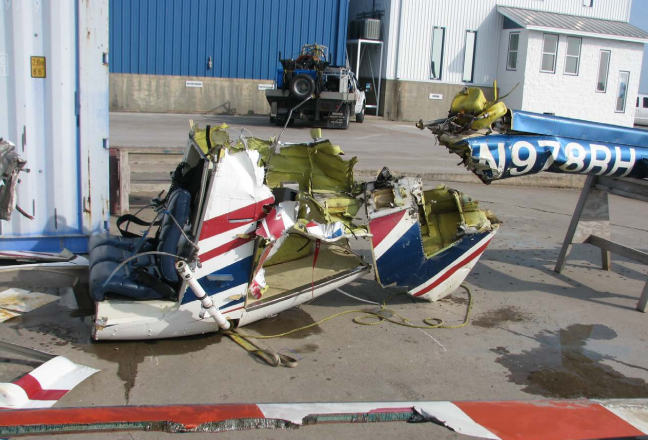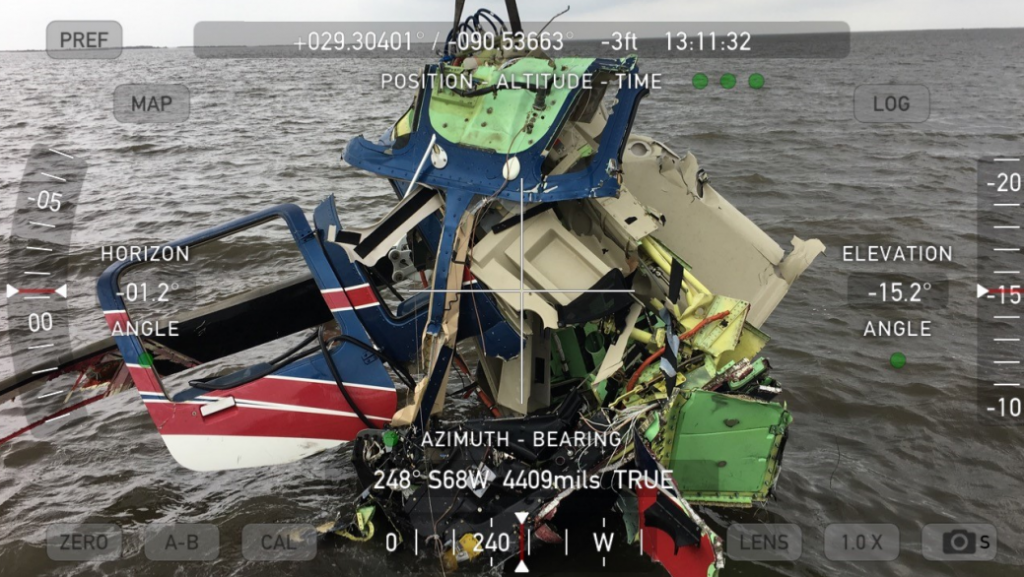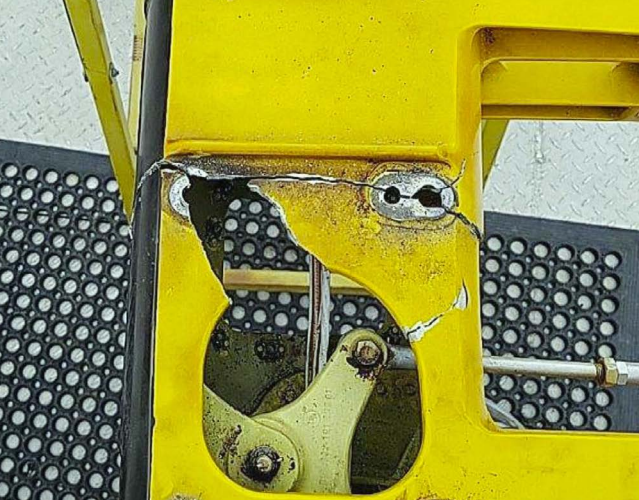Helicopter Ops and Safety – Gulf of Mexico 2017 Update
The Helicopter Safety Advisory Conference (HSAC) has been publishing data on the Gulf of Mexico (‘GOM’) offshore helicopter fleet and its safety since 1995. We have looked at their 2014. 2015 and 2016 reports previously. Now we examine their 2017 data.
Helicopter Operations: GOM Fleet Data
HSAC report that flying activity continues to decline, with just under 189k flying hours in 2017, although the rate of decline is has decreased (4% down on the 196k in 2016 and vs 298k in 2014 and 410k in the peak year of 2007).
The fleet is now 329 helicopters (down 4% on the 344 in 2016 but vs 453 in 2013).
Flying hours, passenger numbers and flights have dropped by 38%, 41% and 39% respectively over the last 5 years. This is indicative of the economic decline in the small ageing coastal fields and delayed investment in deepwater exploration and production due to the drop in oil price from mid-2014 onwards.
The number of operators remain unchanged from 2016 at 10 (vs 13 in 2014). The big three are Bristow, ERA and PHI, with RLC strong in the single engine sector.
The number single engine helicopters fell by 6 to 182, down 27% over 5 years. The light twin fleet dropped by 10 to 29 and is down 46% over 5 years. Average utilisation hardly changed for singles but the average light twin is flying noticeably further and more often:
- Single engine – 639 flying hours with an average 19 minute sector length (vs 631 flying hours and 19 mins in 2016)
- Light twin – 375 flying hours with an average 29 minute sector length (vs 290 flying hours and 19 mins in 2016)
The medium twin fleet went from 69 to 80, returning to the same number as 2016 but 34% lower than 5 years ago. The number of heavy twins (mainly Sikorsky S-92As) fell by 5 to 43, though still a 26% increase over 5 years. Their average utilisation shows a little less flying, but an increase in flight duration:
- Medium twin – 475 flying hours with an average 40 minute sector length (vs 577 flying hours and 34 mins in 2016)
- Heavy twin – 546 flying hours with an average 37 minute sector length (vs 554 flying hours and 35 mins in 2016)
Helicopter Safety GOM
While 2016 only the 4th fatality free year in HSAC’s 34 years of recorded data, 2017 was not as rosy with 3 accidents, 2 fatal:
- 6 February 2017 Bell 206B N978RH of Republic Helicopters, which crashed into water near Galveston while returning from an oil tanker with the loss of 1 of the 3 persons on board, notably at night (see our article Deadly Delay). The NTSB determined the probable cause as: “The pilot’s failure to recognize the flight had encountered instrument meteorological conditions at night, which resulted in an unrecognized descent and collision with water.”

Wreckage of Republic Helicopters Bell 206B N978RH Recovered off Galveston, TX after a Delay Collecting SGS Employees and Unintended Night Flight (Credit: NTSB)
- 27 February 2017 Bell 407 N1371 of Westwind Helicopters, which crashed into the sea while being positioned to shore for an engine cowling repair, with the loss of the pilot. The NTSB determined the probable cause as: “The pilot’s failure to maintain proper altitude resulting in a collision with water for reasons that could not be determined based on the available information.”
- 2 May 2017 Bell 407 N457PH of PHI suffered damage the NTSB classified as substantial after the loss of a tail rotor blade tip cap. A safe emergency landing was made. The NTSB is yet to release a probable cause. UPDATE 9 November 2018: The NTSB determined the probable cause was: “An in-flight separation of the tip block from the tail rotor blade due to an inadequate blade repair, which resulted in a rotor imbalance sufficient to crack the gearbox attachment studs and gearbox support assembly, and inadequate postrepair test procedures, which failed to detect the inadequate adhesive bonding”.
Consequently, according to HSAC:
- The 2017 accident rate was 1.59 per 100k flying hours (vs 0 in 2016, 1.31 in 2015 and 1.35 in 2014) Note: The 2015 rate would be 1.73 per 100k flying hours if all 4 occurrences listed by the NTSB are included.
- The 2017 fatal accident rate was 0.41 per 100k flying hours (vs 0 on 2o16 and 2015 and 0.34 in 2014).
UPDATE 28 February 2019: Our 2018 review.
UPDATE 28 June 2019: The 2016 stats may have to be revised in light of this report: Tail Rotor Lightning Strip Damages AW139 Main Rotor
UPDATE 20 December 2020: HSAC finally release their 2019 data: Helicopter Ops and Safety – Gulf Of Mexico 2019 Update




Recent Comments